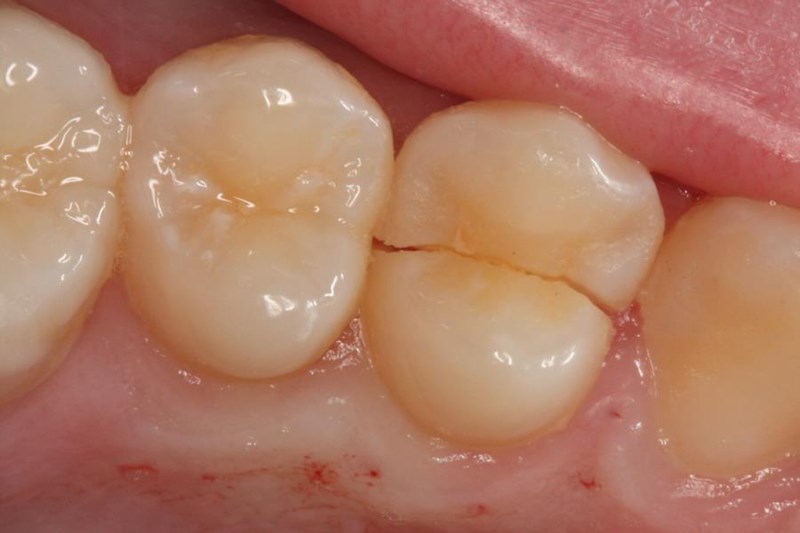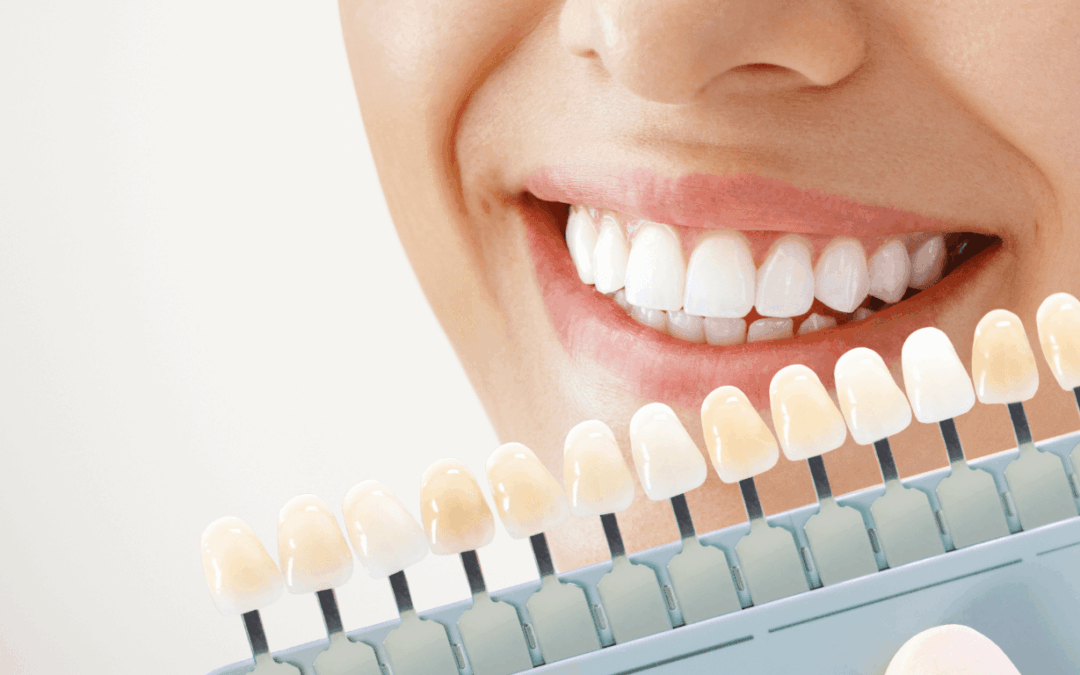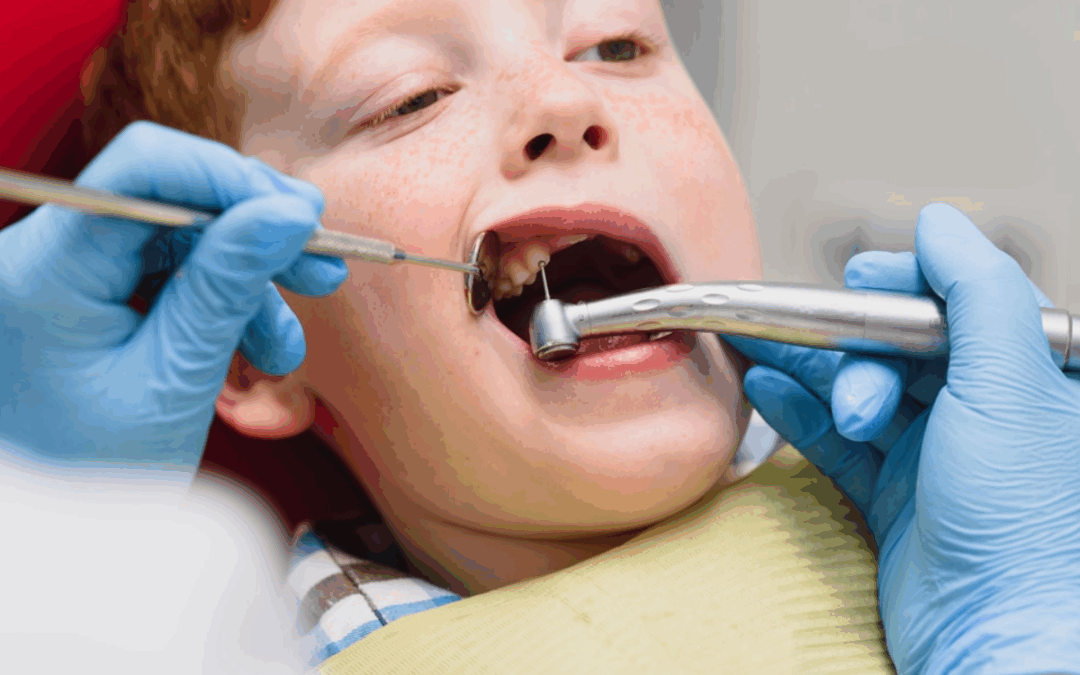
Tooth Gems: Add Sparkle to Your Smile Safely and Stylishly
1209 Dundee Avenue Elgin, IL 60120
Tooth Gems: Add Sparkle to Your Smile Safely and Stylishly
Tooth Gems: Add Sparkle to Your Smile Safely and Stylishly
If you’re looking to make your smile stand out, tooth gems are one of today’s most exciting cosmetic dental trends. These tiny jewels can add sparkle and personality to your teeth without invasive procedures or permanent changes. At Smiles of Elgin, our experienced dental team specializes in safe, professional applications of tooth gems that let you express your individuality while keeping your oral health in perfect condition.
What Are Tooth Gems?
Tooth gems are small decorative crystals, stones, or metallic pieces applied directly to the enamel surface of your teeth. They’re a temporary form of dental jewelry that enhances your smile’s appearance and allows for self-expression. Unlike older methods that involved drilling or adhesives that could damage enamel, modern applications are entirely non-invasive and reversible.
These gems come in many styles and colors—from subtle clear crystals to bold designs featuring gold, diamonds, or colorful stones. Whether you want a single accent or a small design, tooth gems are customized to match your look and style.
The Rising Popularity of Tooth Gems
In recent years, tooth gems have become a fashion statement among celebrities, influencers, and anyone who wants to add flair to their smile. What was once considered an edgy trend in the 1990s has now evolved into a mainstream beauty accessory.
Social media has fueled this resurgence, with millions of people showcasing their sparkly smiles online. But beyond aesthetics, what makes this trend so appealing is that it’s affordable, reversible, and professionally safe when done by a licensed dental professional.
Benefits of Getting Tooth Gems
There are several advantages to choosing a professional dental office for your gem application:
- Non-invasive: No drilling or permanent changes to your teeth.
- Quick procedure: Most appointments take less than 30 minutes.
- Safe for enamel: Dental-grade bonding materials prevent damage.
- Customizable: Choose from a wide range of gem colors, shapes, and sizes.
- Temporary: Gems can be removed or replaced easily without harm.
At Smiles of Elgin, we ensure every gem is applied with the utmost precision and care so you can enjoy a brilliant, confident smile without compromising oral health.
How Tooth Gems Are Applied Professionally
When applied by a trained dental professional, tooth gems are completely safe and long-lasting. Here’s how the process works:
Step 1 – Cleaning and Preparation
The tooth surface is thoroughly cleaned to remove any plaque or residue. This ensures a smooth, sterile area for bonding and better adhesion.
Step 2 – Application of the Bonding Agent
A small amount of dental adhesive is applied to the tooth, similar to the material used for orthodontic brackets.
Step 3 – Placement of the Gem
The chosen gem is carefully positioned on the tooth, then cured using a specialized dental light to harden the adhesive and secure it firmly in place.
Step 4 – Final Check and Polishing
Once the gem is set, the dentist ensures it’s smooth, properly aligned, and comfortable against your bite. The process is quick, painless, and requires no anesthesia.
When done professionally, the gem can last several months to a year depending on your oral habits and care routine.
Caring for Your Tooth Gems
Proper care helps your gem stay in place and keeps your teeth healthy. Here are a few essential maintenance tips:
- Brush gently around the gem to avoid loosening it.
- Avoid biting hard foods directly on the gem.
- Continue regular dental checkups and cleanings.
- Skip at-home removal attempts—let a professional handle it safely.
If you decide you no longer want the gem, a dentist can easily remove it using a quick, painless procedure that leaves your tooth smooth and intact.
Are Tooth Gems Safe for Your Teeth?
When applied correctly by a qualified dentist, tooth gems are safe and do not harm the enamel. The dental adhesive used is biocompatible and designed for temporary use. However, it’s important to avoid DIY kits or unlicensed applications, which can lead to:
- Enamel erosion or damage
- Tooth sensitivity
- Improper bonding or gem detachment
- Bacterial buildup under poorly applied gems
At Smiles of Elgin, we use dental-grade materials and sterilized tools to ensure your comfort and safety. You’ll leave our office with a beautiful, sparkling smile that’s as healthy as it is stylish.
How Long Do Tooth Gems Last?
With proper care, a professionally applied gem can last anywhere from six months to a year—or even longer. The longevity depends on:
- Your oral hygiene routine
- The location of the gem
- The type of bonding material used
- Eating and chewing habits
If you ever want to change your look, the gem can be removed and replaced at any time without harming your enamel. This flexibility makes tooth gems one of the most fun and low-risk cosmetic enhancements available today.
Why Choose Smiles of Elgin for Tooth Gem Application?
Choosing a licensed dental office for your gem application ensures both aesthetic beauty and dental safety. At Smiles of Elgin, our team is trained in precision cosmetic techniques that allow for seamless, secure placement without any damage to your teeth.
We combine advanced dental technology with an artistic touch, giving each patient a customized sparkle that complements their personality. Whether you want a subtle shimmer or a statement piece, we help bring your vision to life safely and professionally.
Ready to Shine? Schedule Your Tooth Gem Appointment Today!
If you’re ready to elevate your smile with tooth gems, our dental experts are here to help you do it safely and beautifully. Contact Smiles of Elgin today at 847-695-3368 or visit smilesofelgin.com to book your appointment.
Add sparkle, personality, and confidence to your smile with professional tooth gem application—because your smile deserves to shine as bright as you do.
Office Hours
| Monday | 10:00 to 6:00 |
| Tuesday | 10:00 to 6:00 |
| Wednesday | 11:00 to 8:00 |
| Thursday | 10:00 to 6:00 |
| Friday | 10:00 to 6:00 |
| Saturday | 8:00 to 3:00 |
| Sunday | Appointment only |









Recent Comments